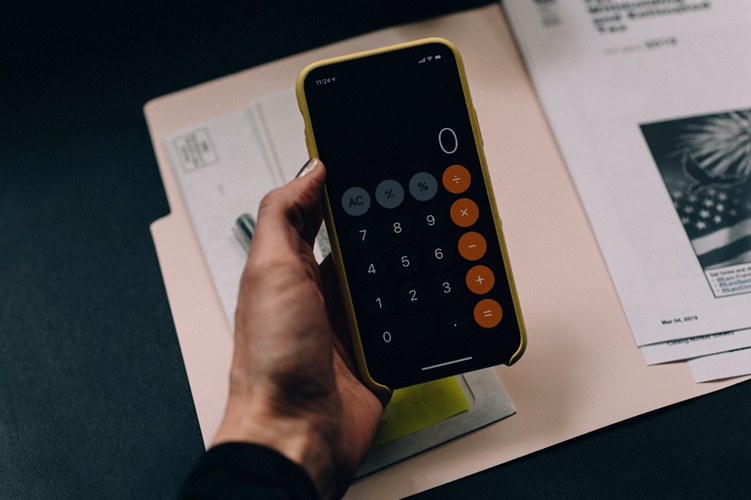Budgeting helps you regain control over your spending and helps you save more. But where should you start? What budgeting method is best for you?
We summarized 5 popular budget methods, so you don’t have to. Find the one that works for you:

1. The Pay-Yourself-First Budget
Main perk: Making you take care of your savings first.
Thanks to the pay-yourself-first budgeting method, you can become more disciplined in saving money every month.
Here’s how it works: When you receive your regular income in your bank account every month, you must first set aside money for savings. It’s up to you to decide how much you want to save every month, but it should be the first payment you make once you receive your monthly income.
An easy budget hack you can use for this budgeting method is setting up automated transfers to a savings account. When the money is automatically transferred to your savings account every month, you know your savings are taken care of. Giving you peace of mind as you spend the rest of your money on your bills and other expenses.
2. Zero-Based Budget
Main perk: Giving every euro you earn a specific spending purpose.
With this budgeting method, you have to calculate your monthly income and subtract your regular expenses, giving each spending category a specific purpose, e.g., rent, groceries, travel, savings, eating out, etc.
The positive aspect of zero-based budgeting is its simplicity — you can’t spend more than you earn. But you must be exact in your calculations to make this method work.
Sometimes, you can have unexpected expenses that will exceed your spending limit for the month. For such occurrences, you should have some emergency fund that covers unexpected spending.
Zero-based budgeting is suitable for beginners and people with predictable income and spending but not for those whose income and spending vary a lot depending on the month.
3. Envelope System Budget
Main perk: Visualising your available funds.
With the envelope system budget, you withdraw a certain amount of money and divide them among a few envelopes. Each envelope should cover a different expense category — bills, groceries, entertainment, savings, etc.
Whenever you have to pay for something, you take an envelope that covers your expenses. You pay for your mortgage from the ‘Debts’ envelope or your cinema ticket with’ Entertainment’ written on it.
While many would find this method fun, it also has its downsides. You can’t always pay by cash; over time, you can quickly get confused with expense categorization.

4. The 50/30/20 Budget
Main perk: Giving a basic guideline for simple budgeting.
According to the 50/30/20 budget, you have different spending categories with different spending limits.
- 50% of your income should finance necessary expenses
- 30% goes to discretionary expenses
- 20% is for paying off debt and building savings
If this allocation of expenses doesn’t work for you, you can create your formula. For example, if you earn very little, set a higher limit for necessary expenses. Or, if you have an ambitious savings goal, increase your debt and savings expense category.
5. The ‘No’ Budget
Main perk: A super easy budgeting method to stick to.
The ‘no’ budget involves two things: you must count how much you receive in a paycheck and how much you spend.
First, you have to pay for your regular expenses — electricity, water, heating, rent, and other essential bills, and only then can you spend the rest of the money. Quite literally, you are saying ‘no’ to any expense before the essential ones are covered.
A positive aspect of this method is not having to do any budgeting. Implementing this method is simple — just set up automated payments for regular expenses.

In summary
With the abundance of approaches and methods to budgeting, it can seem challenging to choose the right one. But here’s the truth — there isn’t just one best budgeting method. You have to choose the one you are the most comfortable using and can stick to.
Feel free to experiment with any of the methods we have mentioned to choose the right one for yourself.
Want more budget tips? Check out this article: How to create a monthly budget.